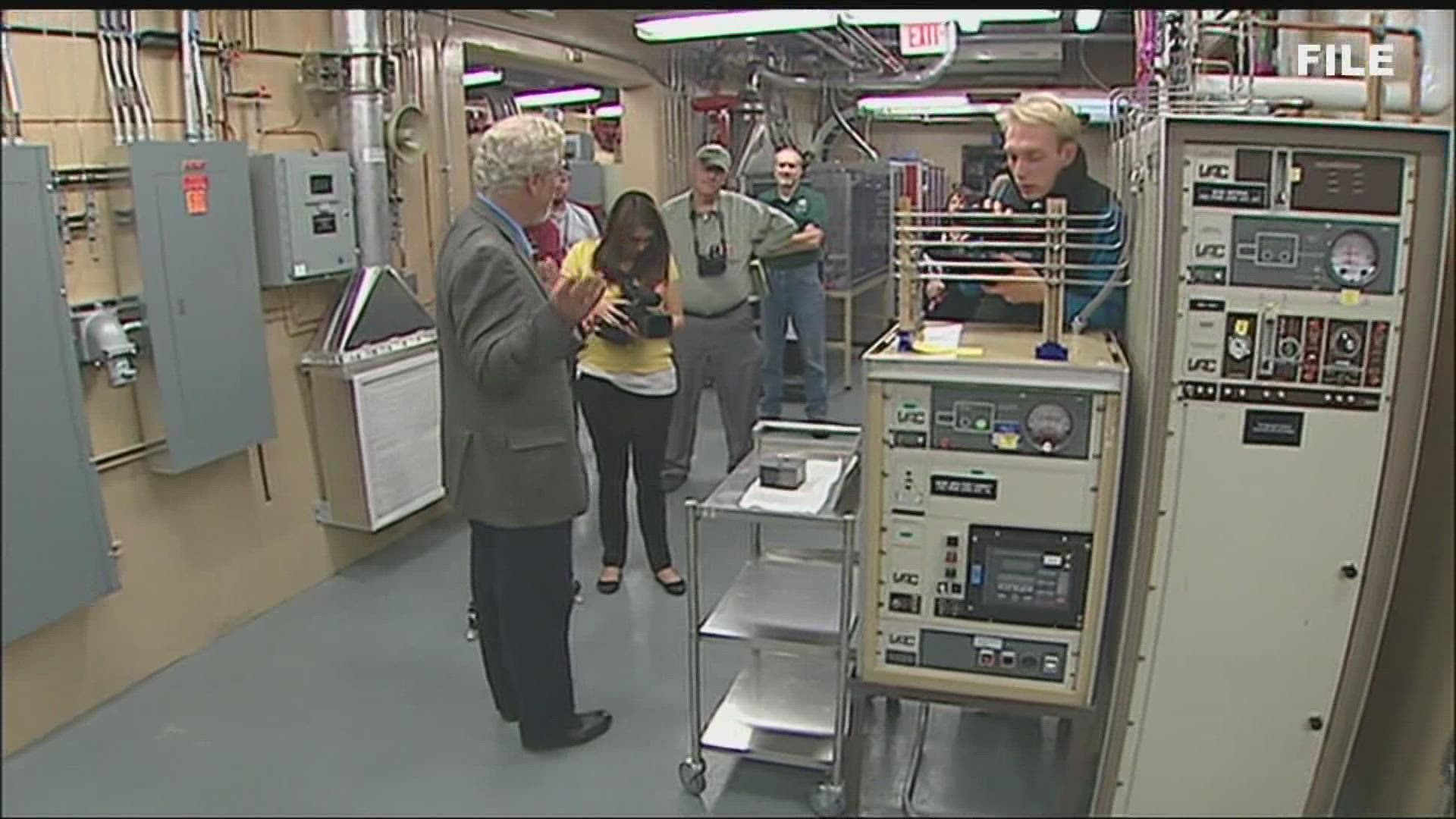BOISE, Idaho — A nuclear waste treatment plant in eastern Idaho designed to treat 900,000 gallons (3.4 million liters) of sodium-bearing, radioactive waste that has had numerous setbacks will likely start operating in early December, a U.S. Department of Energy official said Wednesday.
Connie Flohr, manager of the Idaho Cleanup Project for the Energy Department’s Office of Environmental Management, told Idaho officials that the Integrated Waste Treatment Unit at the department's 890-square-mile (2,300-square-kilometer) site that includes the Idaho National Laboratory has successfully completed test runs with a simulant material.
“We have every confidence that we will be operating in December,” she told members of the Leadership in Nuclear Energy Commission during an online meeting.
The commission makes recommendations to the governor regarding policies to support the viability and mission of the Idaho National Laboratory and other nuclear industries in the state. Commission members, appointed by the governor, include state lawmakers, local government elected officials, university officials and others.
The lab, one of 17 Energy Department national labs, is the nation's top advanced nuclear energy research lab and is one of the state's largest employers with about 5,000 workers. It's a huge economic driver in the state, especially in eastern Idaho, bringing in millions of federal research dollars.
But the lab has a legacy of nuclear waste that the Energy Department is cleaning up. That effort includes the Integrated Waste Treatment Unit, a 53,000-square-foot facility that cost more than $500 million to build.
It has been beset with problems for years as scientists have struggled with the highly complex problem of converting the liquid waste into a more easily managed granulated solid through the use of what it calls a “steam-reforming technology.”
The liquid waste came from processing spent nuclear fuel to recover highly enriched uranium. The waste is in tanks above the Eastern Snake Plain Aquifer that supplies water to cities and farms in the region, leading to concern about radioactive contamination of the aquifer if the tanks leak.
The Energy Department is paying fines to Idaho for missing a deadline to convert the liquid waste into solid material as stipulated in a 1995 agreement that was the culmination of a series of federal lawsuits.
Idaho, because of the missed deadline, is preventing the department from bringing in research quantities of spent nuclear fuel to be studied at the lab.
A revamped schedule for the Integrated Waste Treatment Unit called for it to start operating last September. But Flohr said she asked the state for a six-month extension on that date. The Energy Department will make the next deadline if the treatment plant starts operating in December.
If the treatment plant is successful, the granulated waste will be stored at the plant in stainless steel canisters placed in concrete vaults that will eventually be disposed of at a national geologic repository. However, no such repository currently exists.
Watch more Local News:
See the latest news from around the Treasure Valley and the Gem State in our YouTube playlist:

